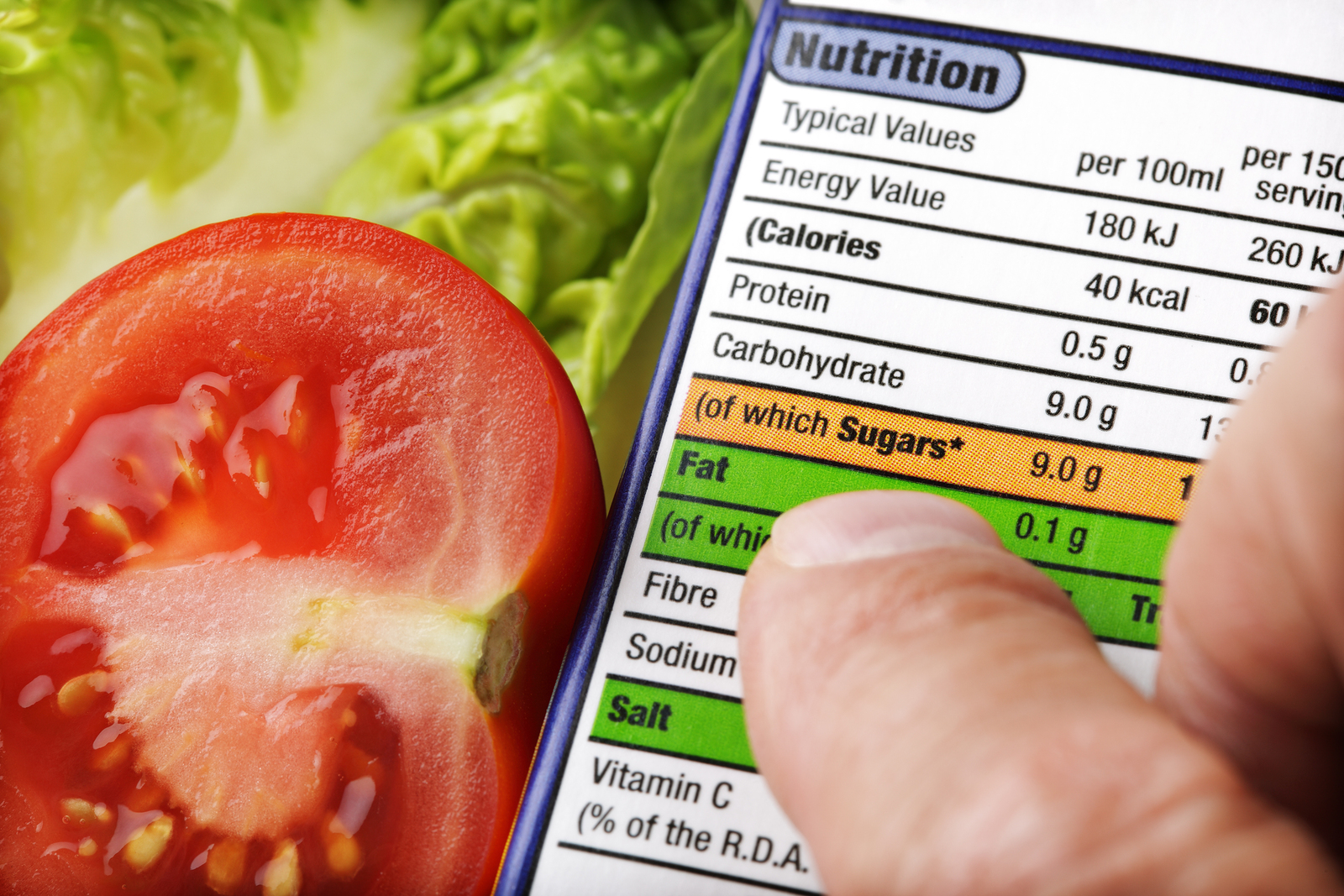Decoding Food Labels: What You Need to Know
Understanding food labels is essential for making informed dietary choices and ensuring health-conscious shopping.

Understanding the Basics
Navigating the complex world of food labels can be daunting, especially when you're trying to make healthier choices. Food labels are designed to provide essential information about the contents and nutritional value of the products we consume. At first glance, these labels may seem like a jumble of numbers and scientific terms. However, understanding them is crucial for making informed decisions. By familiarizing yourself with the basic components, such as serving size, calories, and nutrient breakdown, you can better assess the quality of the food you are purchasing. It's important to note that these labels are regulated by health authorities, ensuring that they meet specific standards for accuracy and clarity.
Serving Sizes and Their Significance
One of the most critical yet often overlooked components of a food label is the serving size. This information is vital because all the nutritional data provided on the label is based on this serving size. Misinterpreting serving sizes can lead to unintentional overconsumption of calories, sugars, and other nutrients. For example, a small bag of chips might contain three servings, which means if you consume the entire bag, you're actually taking in three times the calories and nutrients listed. Understanding serving sizes can help you control portion sizes and maintain a balanced diet. Moreover, serving sizes are standardized to allow for easier comparison between similar products, making it simpler for consumers to choose the healthiest option.
Decoding Nutritional Facts
The nutritional facts section of a food label provides a detailed breakdown of the product's contents, including macronutrients like carbohydrates, proteins, and fats. Each of these macronutrients plays a different role in your body. Carbohydrates are a primary energy source, while proteins are crucial for muscle repair and growth. Fats, although often misunderstood, are essential for various bodily functions. Additionally, this section includes information about vitamins and minerals, which are vital for maintaining overall health. By understanding this information, you can tailor your diet to meet your specific health needs, whether you're looking to increase protein intake or reduce sugar consumption.
Ingredients List: More Than Just a List
The ingredients list on a food label can reveal much about the quality of a product. Ingredients are listed in descending order by weight, meaning the first few ingredients make up the bulk of the product. This is where you can spot added sugars, artificial flavors, and preservatives. If the first few ingredients are unfamiliar or sound like chemicals, the product might be highly processed. On the other hand, a short ingredient list with recognizable items often indicates a minimally processed food. Being aware of what goes into your food can help you avoid potentially harmful additives and choose products that align with your dietary preferences, such as organic or non-GMO items.
Understanding Daily Values
Daily Values (DVs) are percentages listed on the food label that help you understand how a particular food item fits into your overall daily diet. These values are based on a standard daily intake of 2,000 calories, which is a general guideline and may not reflect your individual caloric needs. DVs can help you gauge whether a food is high or low in a specific nutrient. For instance, a DV of 5% or less indicates that the food is low in that nutrient, while 20% or more suggests it is high. This information is particularly useful for managing nutrient intake, such as sodium or dietary fiber, to maintain a balanced diet.
Spotlight on Sugars
Sugars on food labels can be tricky to interpret. Labels typically list both natural sugars and added sugars. Natural sugars are found in whole foods like fruits and dairy, while added sugars are incorporated during processing. Consuming too much added sugar can lead to various health issues, including obesity and heart disease. The label will often show total sugars, which combines both natural and added sugars. It's important to differentiate between the two to make healthier choices. Being mindful of sugar intake can help you avoid unnecessary calories and reduce the risk of developing chronic health conditions.
Fats: The Good and the Bad
Fats are an essential part of a healthy diet, but not all fats are created equal. Saturated fats and trans fats are often labeled as unhealthy because they can raise cholesterol levels and increase the risk of heart disease. In contrast, unsaturated fats, including monounsaturated and polyunsaturated fats, are considered heart-healthy and can improve cholesterol levels. Food labels will provide a breakdown of these different types of fats, helping you choose products that contain healthier fat options. By understanding the types of fats in your food, you can make dietary choices that support heart health and overall well-being.
Special Considerations: Allergens and Claims
For those with food allergies or intolerances, allergen information on food labels is critical. Common allergens like nuts, dairy, and gluten are usually highlighted to prevent accidental consumption. Additionally, food labels often feature claims like "low-fat," "high-fiber," or "gluten-free," which can guide consumers with specific dietary needs. However, it's essential to approach these claims with caution and read the entire label to understand the context of these statements. Some claims might be marketing tactics rather than genuine indicators of health benefits. Being informed about these special considerations can help you avoid allergens and choose foods that truly meet your dietary requirements.